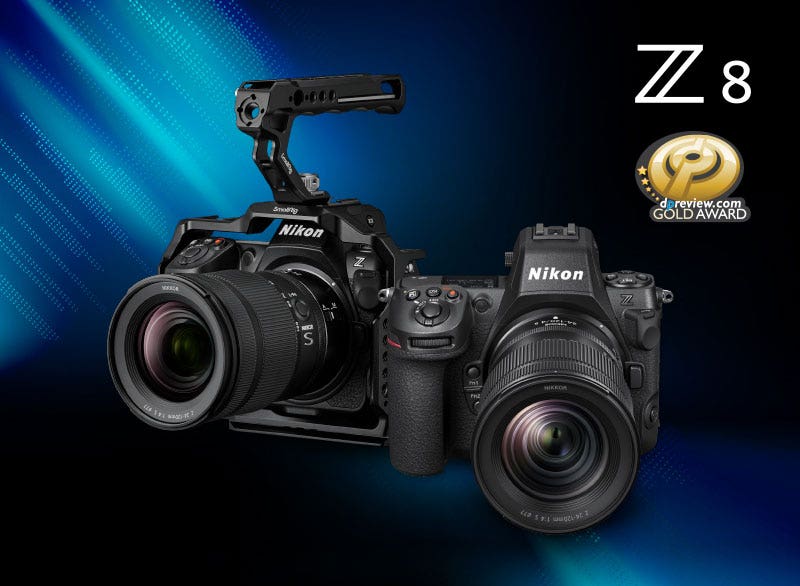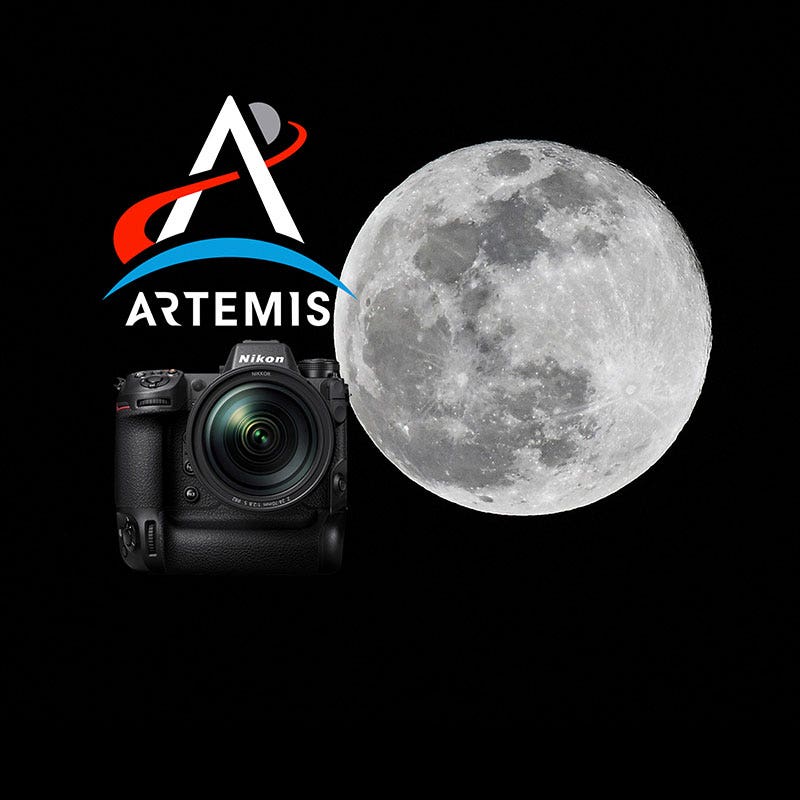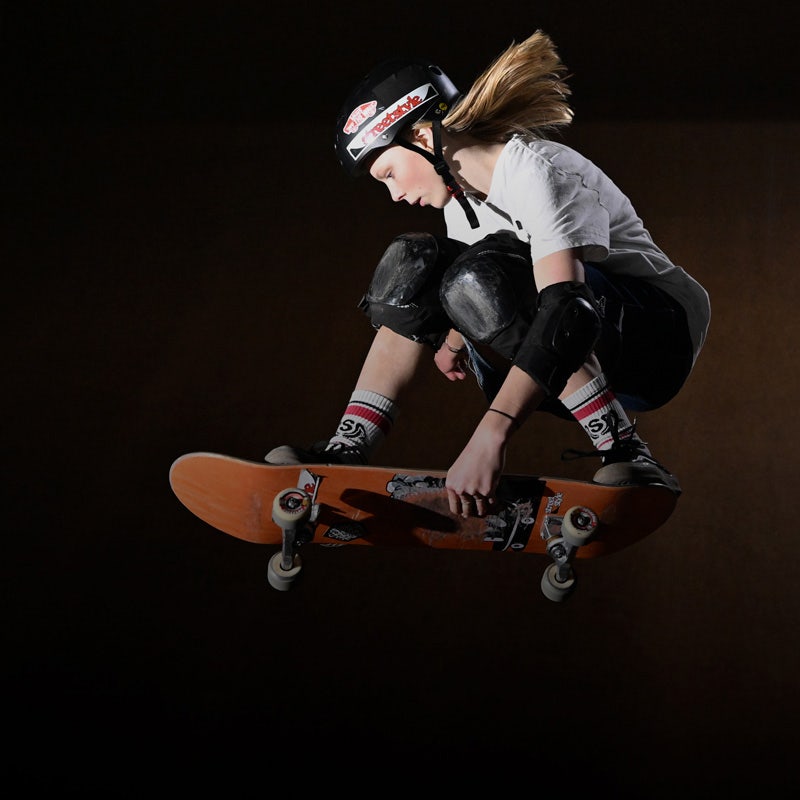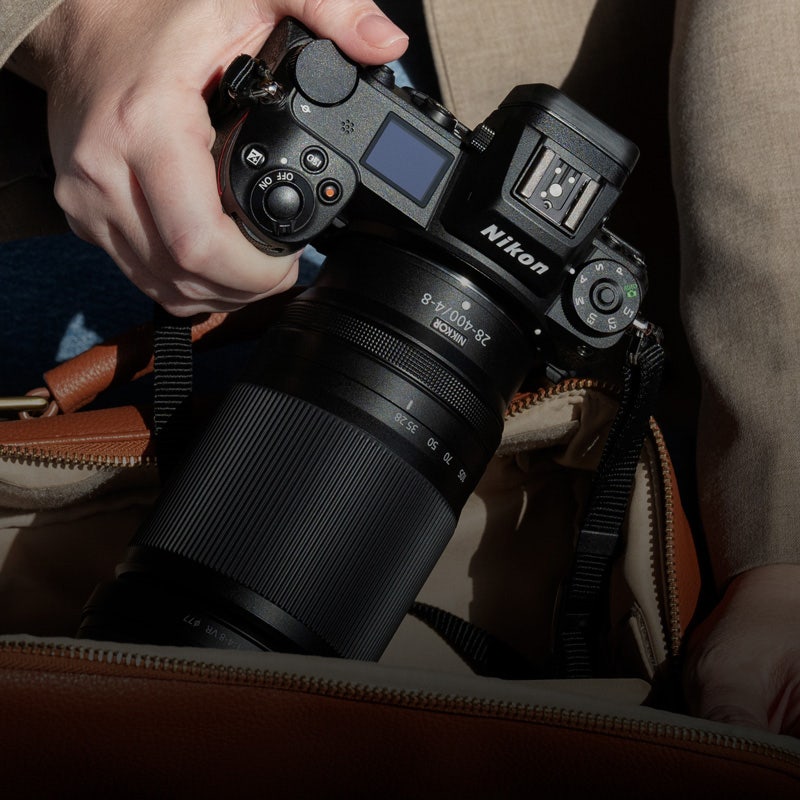

Learn & Explore - Z Series
Nikon Z 7 × Landscape


High Image Quality To Leave You Awestruck
Impressive landscapes are everywhere, just waiting to be discovered. To accompany you on that adventure of discovery, the Nikon Z 7—a full-frame FX-format mirrorless camera that is capable of shooting at a high image quality surpassing even that of the D850—is a truly appealing camera for photographers to carry with on the search for such landscapes. In this article, I will share with you my experience and impressions of landscape photography using the Nikon Z 7. (Report by Yuka Hoshino)


Nikon Z 7/ AF-S NIKKOR 70-200mm f/2.8E FL ED VR (FL: 200mm)/ Aperture-priority auto (f/16, 1/1.3 sec, EV -0.7)/ ISO 64/ WB: Daylight/ Mount Adapter FTZ, PL filter used
Using the new diffraction compensation feature on the Nikon Z series, the texture of the rocks is reproduced as is, with a high perceived resolution, from the foreground to the background.


Nikon Z 7/ NIKKOR Z 24-70mm f/4 S (FL: 26mm)/ Aperture-priority auto (f/11, 1/160 sec, EV -0.3)/ ISO 100/ WB: Daylight/ PL filter used
The depiction of the gradation is stunning. I used the rear monitor in order to properly verify my composition in all its details since I was shooting in backlit conditions. The Nikon Z 7 is able to switch automatically to the electronic viewfinder (EVF) from the monitor and vice versa. However, when you want to concentrate on shooting with the monitor, in situations such as landscape photography where you are using a tripod and want to check your composition in detail, I recommend using the [Monitor only] setting, which prioritizes monitor display.


Nikon Z 7/ AF-S NIKKOR 70-200mm f/2.8E FL ED VR (FL: 150mm)/ Aperture-priority auto (f/4, 1/1,000 sec, EV -0.7)/ ISO 200/ WB: Daylight/ Mount Adapter FTZ, PL filter used
Even during handheld shooting, it is a delight to be able to instantly view the subject at actual size while looking through the viewfinder, enabling improved focusing accuracy.
Excellent operatability that allows settings to be configured from the viewfinder
The much-awaited FX-format mirrorless camera, the Nikon Z 7, finally arrived. When I got hold of the Z 7 for the first time, as a landscape photographer, I remember feeling doubtful of the lightweight and compact body and lens. However, the moment I took an image and had a look at it, any such concerns were eliminated. The high resolution and highly detailed image quality reproduced the subject right down to the textures.
After using the camera, I found that it was simple and easy to operate. This was thanks to the consolidation of the operating buttons and their practical rearrangement, and the handy features of the LCD monitor, such as the tilting mechanism and touch panel operability.
Moreover, my eyes used to tire easily looking through the viewfinder of previous mirrorless models. However, the EVF on the Z 7 is wonderful. The view is natural yet bright and detailed, making it comfortable to continue shooting with it for a prolonged period. Furthermore, with just a quick movement of the thumb, you can instantly view a histogram of the image to be taken or check the focus at 100% magnification, a pleasing feature unique to the EVF. The i button, which is useful for these settings, allows you to select from 12 customizable features that you use frequently (WB, Picture Control, etc.) using your thumb. If you assign Vibration Reduction (VR) On/Off to the button—a function that can come in handy when using a tripod—you can avoid accidental camera movement. As a landscape photographer, I felt this was a very handy feature.
The Z 7 inherits the advantages of high end DSLRs, while also offering ease-of-use and robustness. With this camera, there is now a wider choice of cameras that are worthwhile for times when you encounter attractive landscapes, making photography that much more enjoyable.
Favourite feature on the Nikon Z series:
Use Diffraction compensation to enhance the texture of rocks
When shooting scenes with depth using deep focus, you would want to use the narrowest possible aperture to make the most of the depth of field. However, diffraction can be problematic. The higher the resolution, the more the fuzzy areas of an image stand out. Using diffraction compensation improves the sharpness of the image.
Diffraction compensation: On


Diffraction compensation: Off


Recommended lenses for the Nikon Z series:
The Mount Adapter FTZ is invaluable
Z mount lenses have excellent performance in backlit conditions, being less susceptible to ghosting and flaring, so the standard zoom lens is handy for landscape photography. Until more lenses become available, I would recommend using your favourite telephoto zoom lens together with a Mount Adapter FTZ.


Yuka Hoshino
Born in Kyoto. Photographer and photo essayist. Graduated from the Faculty of Law of Doshisha University. Started photography in 2000 while wandering around Japan and overseas. From 2005, she has been photographing scenery and seasonal things in her hometown of Kyoto.







